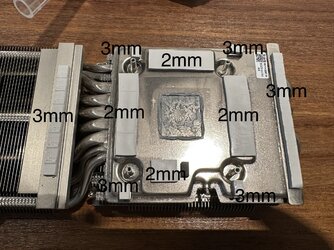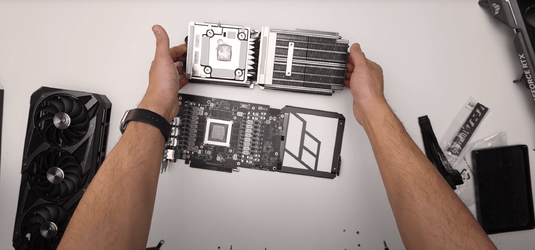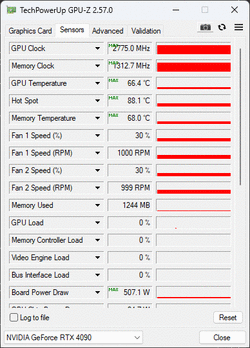Looks like a normal application to me. Pump out is normal (regardless of the wattage).
I also think the results are part of the testing methods. I'm guessing the first results are from the card being 100% cold/room temp. That's the best it's ever going to be. You mention you 'notice' 90C hot spot temps, then run a test on a presumably warm/hot card (that takes less time to saturate). How long is your testing for each run?
I also think the results are part of the testing methods. I'm guessing the first results are from the card being 100% cold/room temp. That's the best it's ever going to be. You mention you 'notice' 90C hot spot temps, then run a test on a presumably warm/hot card (that takes less time to saturate). How long is your testing for each run?



